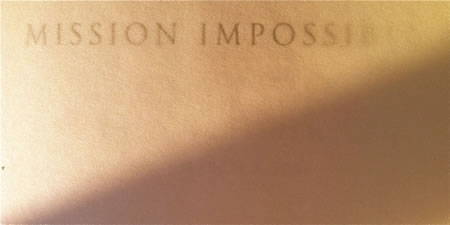
Customized, illustrative typographic design for motion picture titling design.
First off, to clarify, we didn’t work on Ghost Protocol, out today — but seeing the opening campaign, as well as the film launch in Dubai (and working there reminded me of earlier efforts — creating at the start, to define brand style for Mission: Impossible.
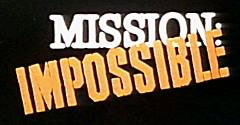
In the beginning, it was reaching into the soul of the legacy story, and looking for new interpretations — working with the Paramount Studios marketing and theatrical advertising teams, in forging the opening approaches to strategic brand look and feel.
And that is:
condensed
modernist
fast
stencilled
mechanized
adrenalized
There’s one part of the Girvin legacy that is spectacularly antiquated.
It’s about the hand.
And the work that comes from it.
And it goes right back to the roots of the founding of Girvin — and before that, Alphabetica (my letter making firm when I was in college). That is an early and still held belief that logo typography needs to be entirely customized, built by hand, and taken digitally to computer applications. Every logo that we build starts with that proposition, that designing an identity is a closely practiced study — linked entirely to the nature of the personality, the story and audience of the experiencer. As has been pointed out in the past, that idea of illustration and interpretation in typography links to the nature of drawing soul — everything can be tuned and marked in the character of the core message of an identity treatment; type is how logos are read — it is, indeed, the “title” of the story. Even with thousands of interpretations of the alphabet’s design, still we start with the idea of creating foundational fonts that build these tactical attributes.
Working for decades in the motion picture business, as strategists, writers and designers, we’ve worked for mostly studios — Paramount and Warner Brothers in particular, some specialist advertising agencies in the motion picture marketing arena, and directors, producers, agents and theatrical stars.
Like Tom Cruise.
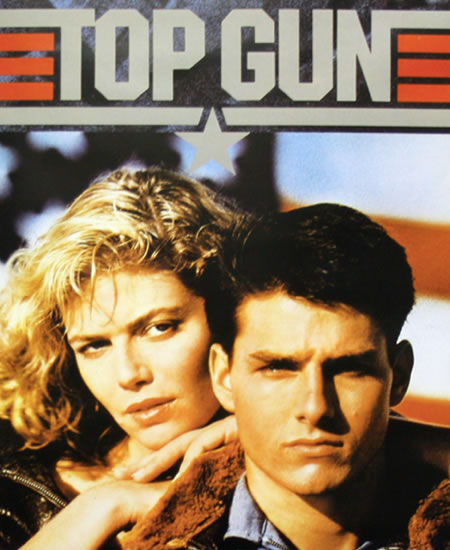
Our first connection, decades back, was Paramount Studios “Top Gun” — and this link was through Don Simpson and Jerry Bruckheimer — as producers; run through the directorial management of the creative lensing of Tony Scott, Ridley’s brother. That connection later led to “Days of Thunder.” Also directed by Mr. Scott, and produced by Simpson Bruckheimer — in another string, we worked as design consultants to them as well.
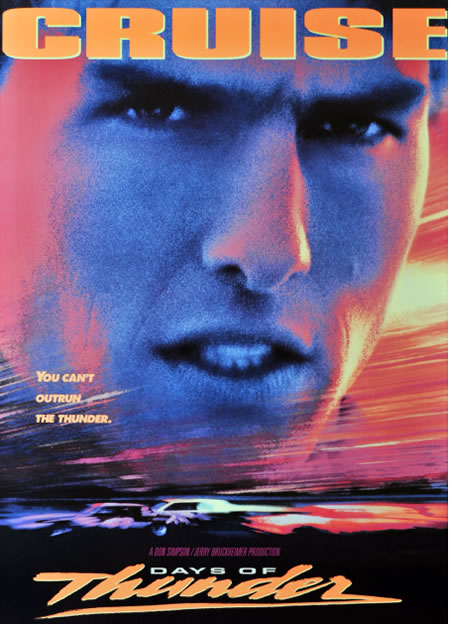
And a string of titles after that, out to consulting on Valkyrie — but it was the Mission series that involved a more close link between the design sentiments of a star or director and the visualization outcomes. That takes time — it’s not one conceptual or stylistic movement, but many — it’s not one idea, but a complex intermixing of many collaborations and explorations — then, finally, the gradated arrival at a solution set, then finally to the launch program.
Identity, in motion pictures, is one of the longest lasting sentiments of memory and experience; it is the title. To priority — then (and perhaps at the same time) the stars in tandem, then the overall visual strategy of the posters. Movie posters are thematic — and oftentimes, with the star arrays, the big heads, the bold colors, it can be hard to sort one to another — they can be similarly styled in character.
But in the Mission series, the idea was for our team to set the opening styling of the titling identity. That was the mid nineties — and, in our roles as designers and brand stylists — we built the opening accepted potential for the Mission: Impossible brand frame in identity. We come in — work in Los Angeles — and go. From there, implementation and continued evolution might happen.
Some screen grabs, iPhone shots of our earlier defining efforts, to the styling of Mission: Impossible identity, the kick off to the new brand, 1995.
A gallery of early design foundations:
Mission: Impossible alphabets
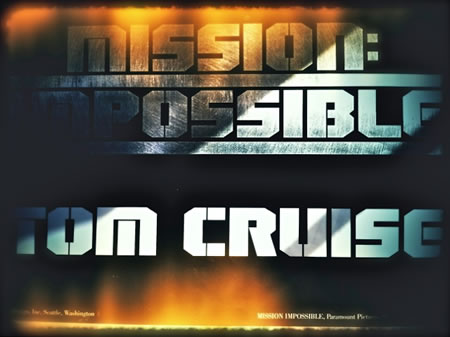
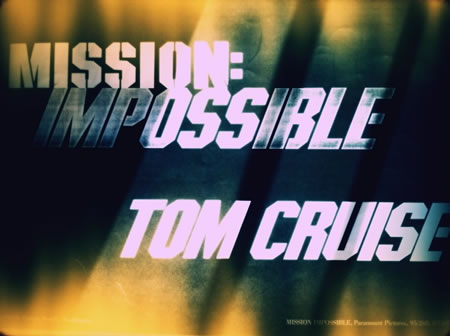
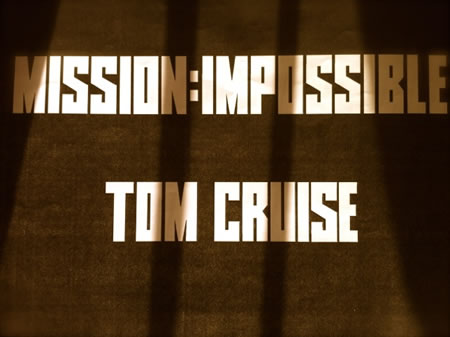
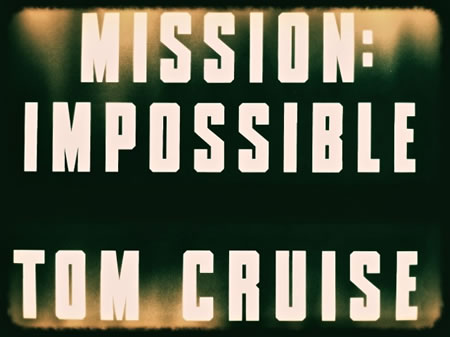
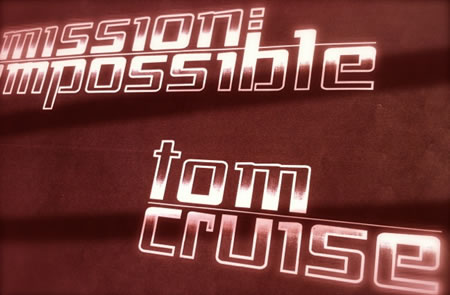
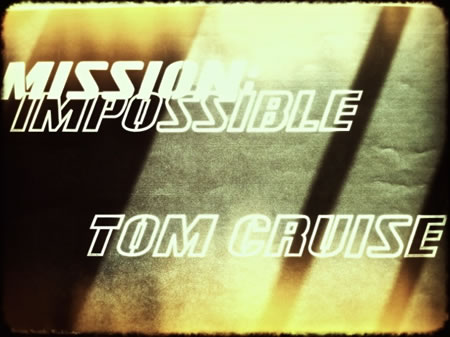
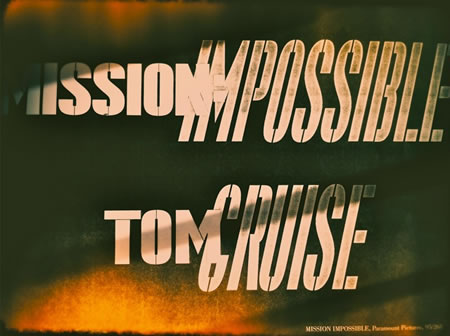
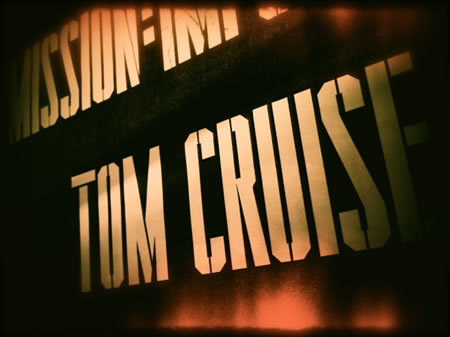
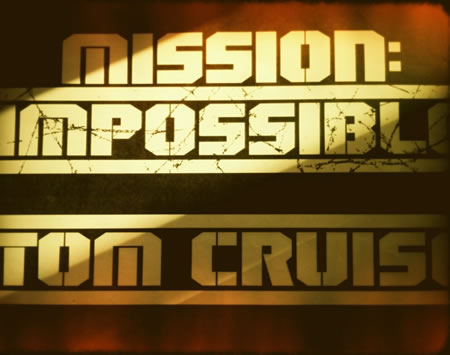
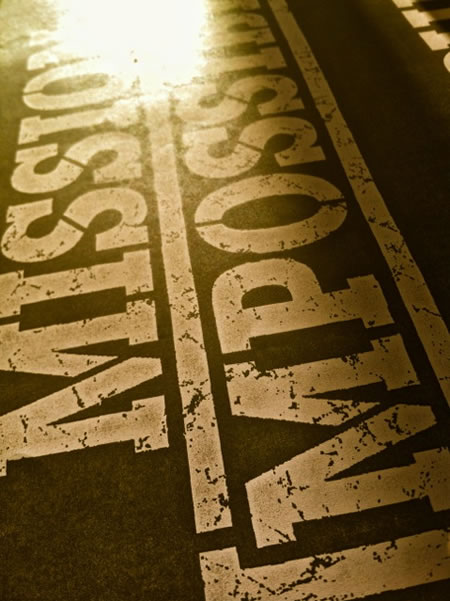
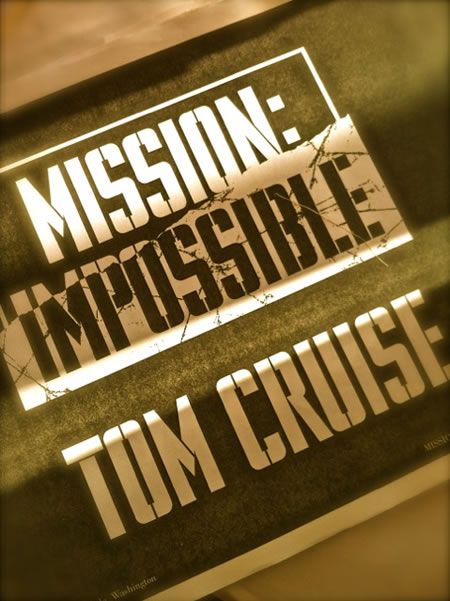
The finalized outcome — built at, and by, Paramount Studios:
condensed / stencilled / modernist / military
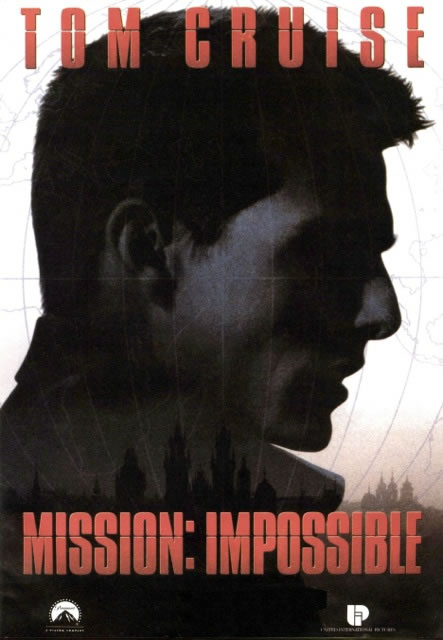
Several years later, the second conception of Mission: Impossible evolved, this time with the stylistic visioning of John Woo — laden with his characteristic explosive shooting style, the emergent fluttering of ghostly white doves, skull jarring hand to hand combat, ebullient chases and enthusiastic pyrotechnics. And during this effort, the idea of a coded monogram emerged — still our focus was founded in the nature of the typographic systems. The final more flattened treatment was orchestrated at Paramount Studios, their theatrical advertising department — still imbued with the sense of energy, speed and athletic power, spirited with thriller potency.
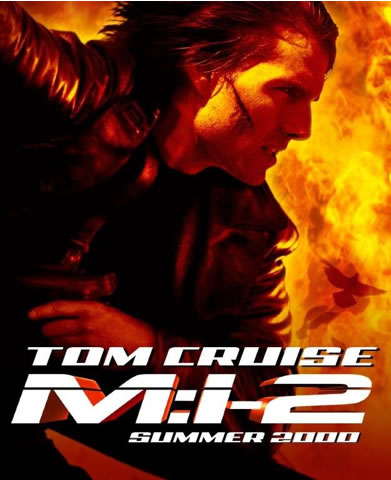
Round three of the impossible mission offers the next return to the monogrammatic coded device — and this time with specific directions and notations from Mr. Cruise, sent in faxed sketches.
Our process in creating these titling solutions runs in a series of books and digital presentations — like our opening overview for Mission: Impossible brand styling foundations.
They look, from the cover, like this:
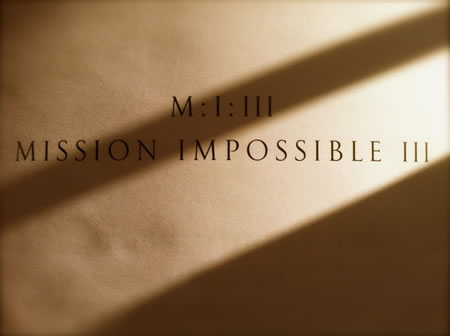
This styling bridges to the way we present everything — using customized Girvin classical fonts.
Interestingly, the opening strategy for the titling was a bridge between Mission: Impossible and a supporting title, Mission: Impossible III / The Merchant of Chaos.
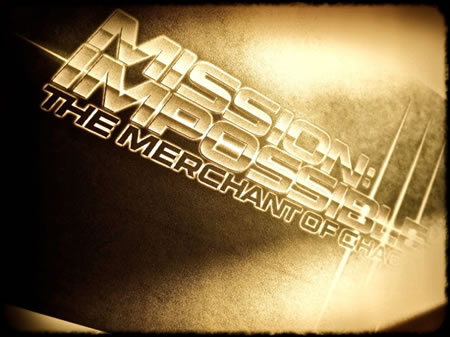
These were used in the beginning, as a way to code name the project — in fact much of our earlier work, reading the script in secrecy, on site
at Paramount Studios. Tom Cruise’s sketches followed this protocol — even, as he’d noted, something hand written.
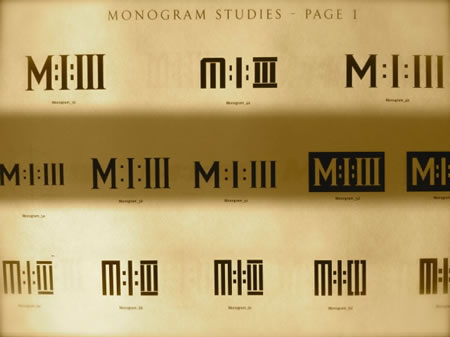
Sketched solutions, based on Tom Cruise’s notations Dimensional explorations
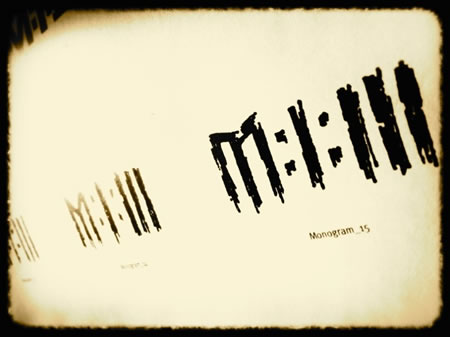
Dimensional explorations of the monogram — breaking the mold: Moving to other solution sets, based on commentary from J.J. Abrams, the director on the film (Girvin worked on Star Trek with him [animation here]).

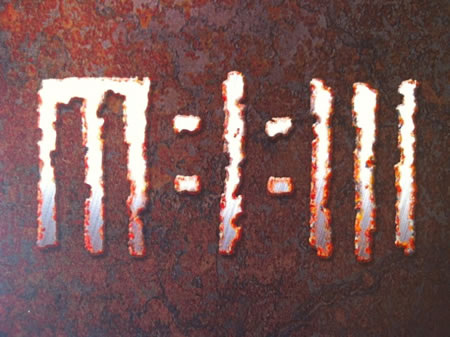
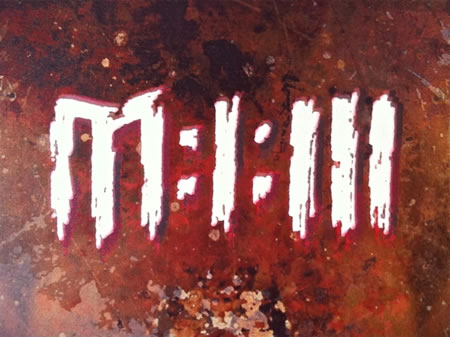
Strategies evolved and emerged to the move to typographical solutions, dimensional as a series of floating identity design movements.
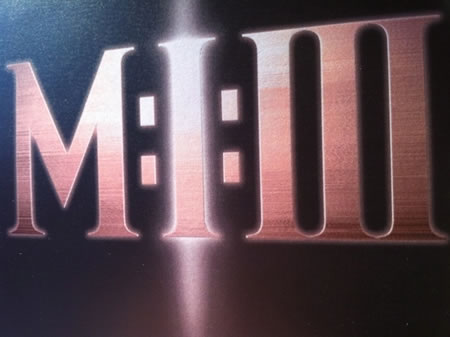
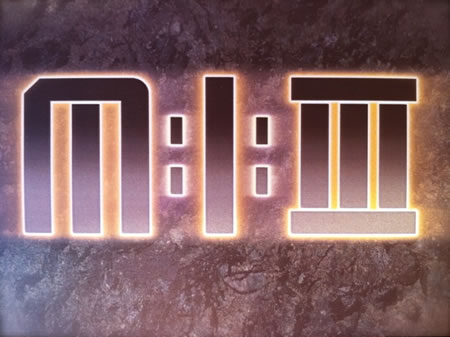
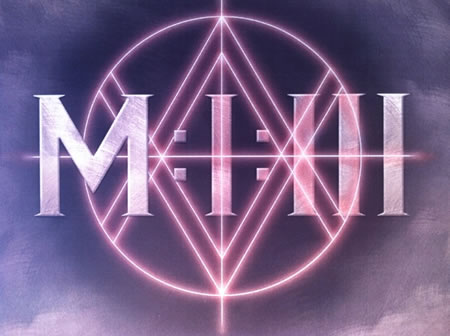
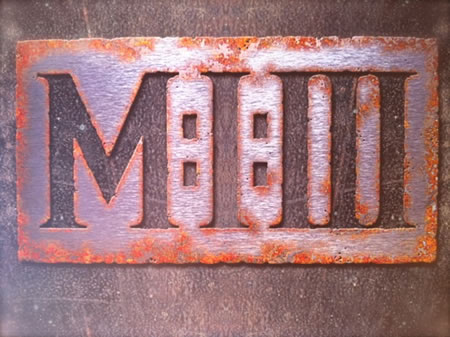
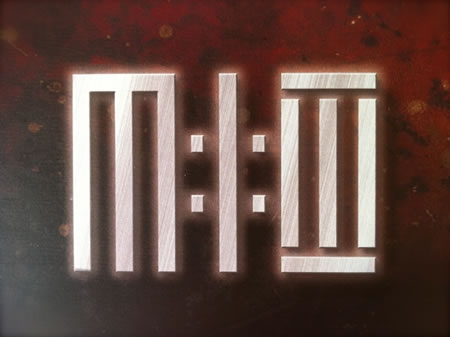

From dozens of studies — a channeling developed:
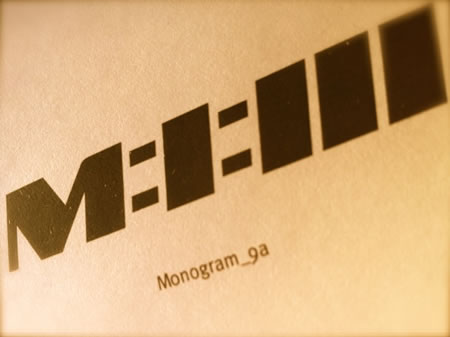
And evolution:
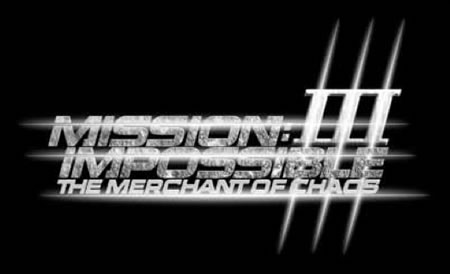
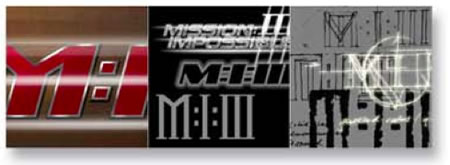
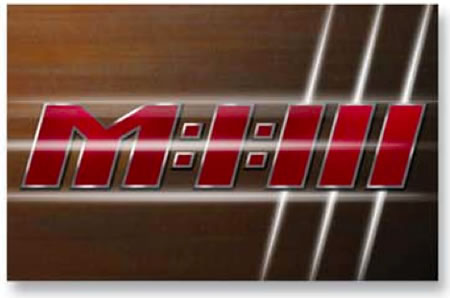
And the final interpretations by the team at Paramount:
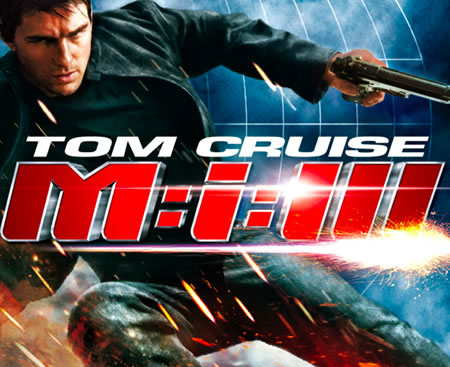
The most current rendering goes back to the beginning,
the original brandcoding:
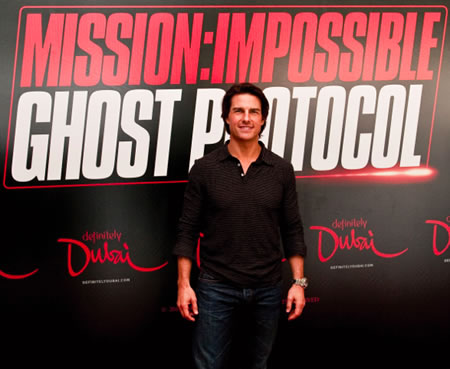
Everything we do is about that selfsame nature of team-built solutions; it’s never about absolutely owning every story, there are many layers to the creation of the one final statement, the stake in the ground that tells all.
The creative juice is stellar — like a constellation, made of many “stars.”
Tim Girvin | NYC
—-
FINDING THE SOUL OF BRANDS IN THE MIND OF THE CLOUD
Girvin Cloudmind | http://bit.ly/eToSYp